What You Need to Know About Air Balancing
If you live in an area with varying climates, it’s important to maintain a home environment that is comfortable and efficiently heated or cooled. Air balancing is a critical aspect of indoor comfort and energy efficiency. It ensures your heating and air conditioning systems evenly distribute air throughout your residence. This process not only optimizes comfort but also enhances the energy efficiency of your system.

In this article, Schmitt discusses everything you need to know about air balancing, including its impact on homes and businesses.
The Essence of Air Balancing
Air balancing is the process of adjusting your HVAC system to deliver an equal amount of conditioned air across each room, eliminating hot or cold spots and ensuring a uniform temperature throughout your space. As a homeowner, this means you can maintain a comfortable living environment, whether it’s a foggy day or a bright, sunny one. It involves testing, adjusting, and optimizing airflow and system controls to ensure optimal performance.
Why Air Balancing Is Crucial
Air balancing ensures that every room in your home achieves a consistent temperature, enhancing overall comfort. For bustling commercial spaces or intricately laid-out homes, balanced air circulation means no area is left too chilly or overly warm—a common challenge in buildings with multiple floors or extensive square footage.
Moreover, air balancing is essential for indoor air quality and the occupants’s health. Uneven air distribution can lead to moisture issues, promoting mold growth and other airborne contaminants. If you are health-conscious, maintaining balanced airflow can contribute to a healthier indoor environment, free from allergens and irritants.
Energy efficiency is another key benefit of proper air balancing. An imbalance in your HVAC system forces it to work harder, consuming more energy and driving up utility bills. Given the rising costs of energy, you can enjoy significant savings by ensuring your systems are properly balanced.
Recognizing Signs of Imbalance
Identifying an unbalanced HVAC system is the first step toward correction. Symptoms include uneven temperatures in different rooms, certain areas taking too long to heat up or cool down, and unexpectedly high energy bills. These indicators suggest that your system may be working inefficiently, possibly requiring air conditioning repair after professional assessment and adjustment.
DIY Tips for Air Balancing
While enlisting professional help is often advisable, there are steps you can take to reinforce air balancing strategies. Adjusting dampers to regulate airflow, making sure vents are not blocked by furniture, and regularly replacing filters to ensure unimpeded airflow are all effective measures. These simple adjustments can make a noticeable difference in your home’s comfort and system efficiency.
When to Call in the Pros
Despite best efforts, some air balancing issues require the expertise of a professional. This is particularly true for complex systems or substantial imbalances or when adjustments do not yield the expected improvement. A certified HVAC technician can perform a comprehensive assessment, using advanced tools to measure airflow and make precise adjustments.
If your house has intricate layouts and unique architecture, professional cooling and heating system repair services can ensure your system operates optimally, regardless of the outdoor conditions.
Count on our expert team at Schmitt to deliver top-notch air balancing solutions, ensuring a comfortable, healthy, and efficient home or workplace in San Francisco, CA. Call us at (415) 689-7849 or fill out our contact form for personalized service.
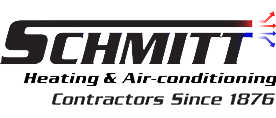
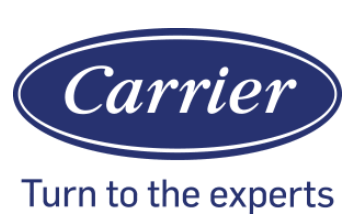


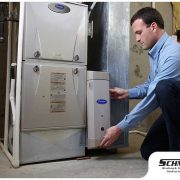
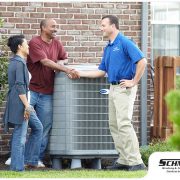
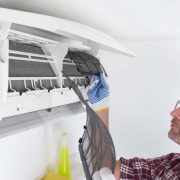
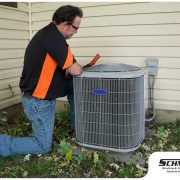


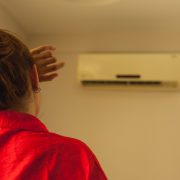




Leave a Reply
Want to join the discussion?Feel free to contribute!